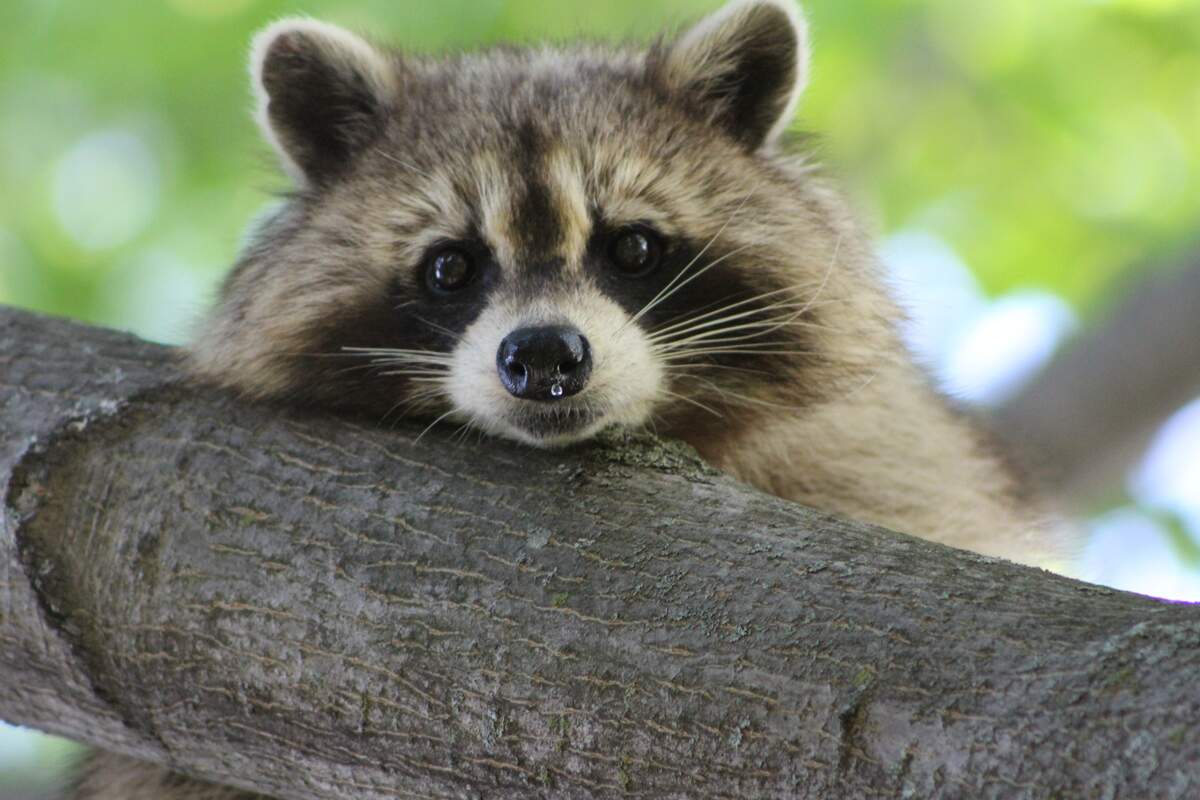

International Raccoon Appreciation Day
Also known as
Raccoon Appreciation Day (2002)
Observed
annually on October 1st (since 2002)
Dates
Tags
Awareness & Advocacy
Pets & Animals
Hashtags
Sources
http://www.hngn.com/articles/135488/20151001/celebrate-international-raccoon-appreciation-day-mischievous-bandit-environmentalist-total-package.htm
https://raccoonday.wordpress.com/
https://web.archive.org/web/20150111044802/http://www.nwf.org/News-and-Magazines/National-Wildlife/PhotoZone/Archives/2014/photo-of-the-week-9-29-2014.aspx
https://www.livescience.com/52655-raccoons.html
https://www.mentalfloss.com/article/527175/10-clever-facts-about-raccoons
International Raccoon Appreciation Day celebrates all animals that are misunderstood and who are known as being pests or "nuisance animals," but who are actually an important part of their ecosystem. Examples of such animals may include raccoons and coyotes in the United States and elephants in Africa. The goal is for people to become more accepting of these animals while celebrating the day, which may help prevent habitat loss and may increase animal diversity. Raccoons are particularly celebrated today. What benefits do raccoons have to their ecosystem? They help keep it clean by eating carrion; they keep the numbers of some other animals in check by eating them, and they spread seeds around when they are foraging and eating berries and nuts.
In 2002, a young girl from California came up with the idea for the day. She had noticed that not everyone hated raccoons, which was evidenced by the many raccoon items that were sold in stores, and by the number of people keeping—or trying to keep—raccoons as pets. She created the day to show that important roles raccoons play in their ecosystem, and how they are being misunderstood when they are considered to be pests. The day was originally simply known as Raccoon Appreciation Day. After some of her relatives in other countries became aware of the day, it became International Raccoon Appreciation Day the following year.
Raccoons live in diverse climates, and in rural, urban, and suburban areas. Despite habitat loss, their population has continued to increase in North America. One aspect often noticed about raccoons is their hands, and it is on account of them that they received their name. "Raccoon" comes from Powhatan word aroughcun, which means "animal that scratches with its hands." The Aztecs named them mapachitli, which means "one who takes everything in its hands." The Spanish word for raccoon stems from this: mapache.
Six raccoon species are native to North and South America. The common raccoon—procyon lotor—lives in the United States. Other raccoons live farther south, including four subspecies of the crab-eating raccoon, as well as the critically-endangered pygmy raccoon. Raccoons can now be found across the oceans as well. They were brought to European fur farms in the 1920s, from which some escaped into the wild. In the 1970s, the success of the Japanese anime cartoon Rascal the Raccoon led to Japanese children demanding their own pet raccoons. Almost 1,500 a month began being imported. Like in Europe, some of these also made it into the wild.
Raccoons eat all kinds of things: frogs, turtles, grubs, snails, worms, rabbitts, waterfowl, nesting birds, eggs, shellfish, compost, berries, seeds, nuts, fruits, and vegetables. They also scavenge for garbage and pet food in more residential areas and also eat roadkill or carrion. They have an acute sense of touch, and a large number of receptors on their hands allow them to identify food without seeing it. They also regularly douse their food before eating it; when they wet their hands the nerve endings in them are stimulated, and they can better feel their food. Raccoons appear to be washing their food when they are dousing it.
Known for the black "mask" around their eyes, which helps them to better see, as it absorbs light and reduces glare, raccoons average 23 to 37 inches in length and a weight of 4 to 23 pounds. They tend to live in dens located in trees or caves, though they also live in barns and abandoned buildings. They are nocturnal, sleeping during the day, and sleep more during the winter months, although they do not hibernate. Baby raccoons, known as kits or cubs, are born in early summer. A mother will have one to seven at a time, and they live in their den and are weaned at 7 to 16 weeks. They begin roaming at 12 weeks, and at 8 to 12 months they are completely independent. Raccoons only live to be 2 or 3 years old in the wild. Today we celebrate and remember them and any other animals that are often seen as nuisances.
How to Observe International Raccoon Appreciation Day
Here are some ideas to get you started on celebrating the day:
- Educate people about raccoons, or about whatever "nuisance animal" is common in your area, and about why that animal is important to its ecosystem and should be respected.
- Raise awareness about the need to protect the endangered pygmy raccoon.
- Donate time, money, or supplies to wildlife rescues.
- Clean up garbage at a nearby wildlife area.
- Read about some ways to live in harmony with raccoons.
- Learn about some other "nuisance" animals that are important to their ecosystems.
- Adopt a raccoon.
- Watch some videos of raccoons, such as of raccoons helping each other, a raccoon stealing food from cats, a raccoon opening locks, or a funny raccoon video compilation.
- Read some of Ranger Rick's comics.
- Read Rascal: A Memoir of a Better Era.
- Read some Rocket Raccoon comics.
- Learn about Rebecca, the raccoon who lived at the White House during Calvin Coolidge's term.
- Listen to "Rocky Raccoon" by the Beatles.
- Watch Raccoon Nation.
- Watch a film featuring or about raccoons.





















